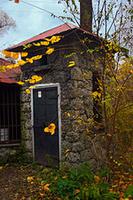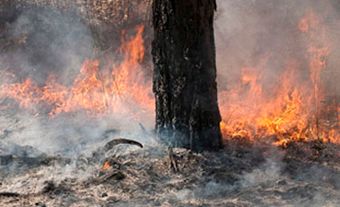This content is from a series created in partnership with Museum Services of the City of Toronto and Heritage Toronto. We gratefully acknowledge funding from the Ontario Ministry of Tourism, Culture and Sport, and the Department of Canadian Heritage.
Toronto Feature: Riverdale Park
"Riverdale Farm: A Turn-of-the-Century Ontario Farm in the City"
In 1856, the City of Toronto purchased farmland that was originally owned by John Scadding. It would become Riverdale Park as well as a zoo.
In 1880, the land was re-designated as parkland. Eight years later, Daniel Lamb, a prominent Toronto politician and resident of the neighbouring residential area, Cabbagetown, donated a few animals and encouraged others to do the same. In 1894, Riverdale Park became Riverdale Zoo. The zoo functioned until 1974, when the new Metro Zoo (now the Toronto Zoo) opened to modern standards in Scarborough. Riverdale's animals were transferred there. From 1974 to 1978, many of the zoo's buildings were removed and the site was levelled, and Riverdale Farm opened on the old zoo site.
The wonderful park in what is now the heart of Cabbagetown was revived to its origins as a working farm, used to teach city children about Ontario's food production and rural history from 1880 to 1920. Farm census data are used to help identify breeds closest to those of the period. The Markham Township Francey Barn, donated to the city in 1977, was disassembled, moved and rebuilt in Riverdale. The Simpson House, named after the restoration architect, was modelled after the original Francey farmhouse.
Fragments of Riverdale's past remain, including three of the original zoo structures. The original Resident Zookeeper's House was built in 1902.

 Partager sur Facebook
Partager sur Facebook Partager sur X
Partager sur X Partager par Email
Partager par Email Partager sur Google Classroom
Partager sur Google Classroom





